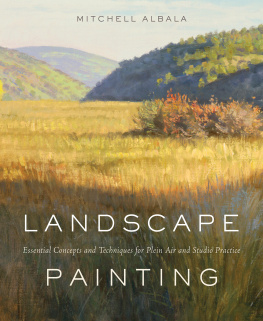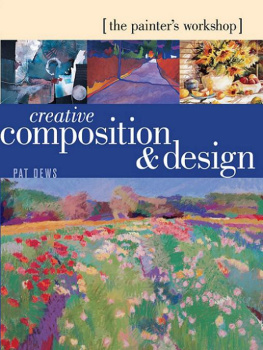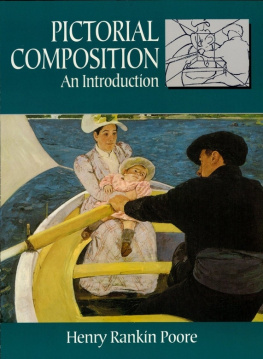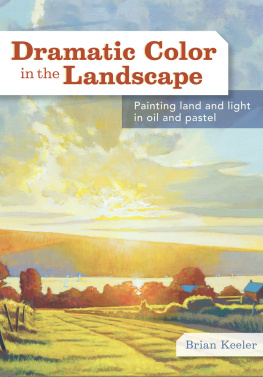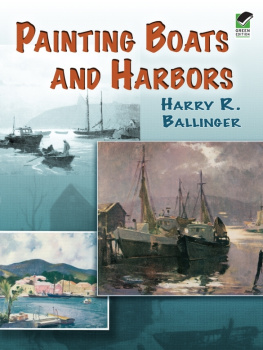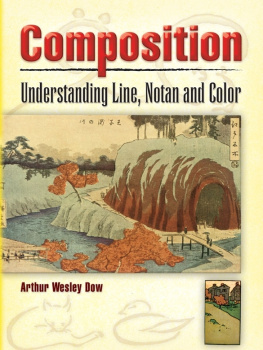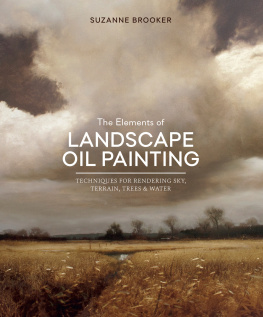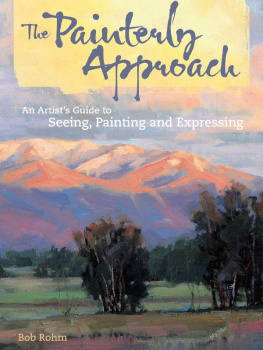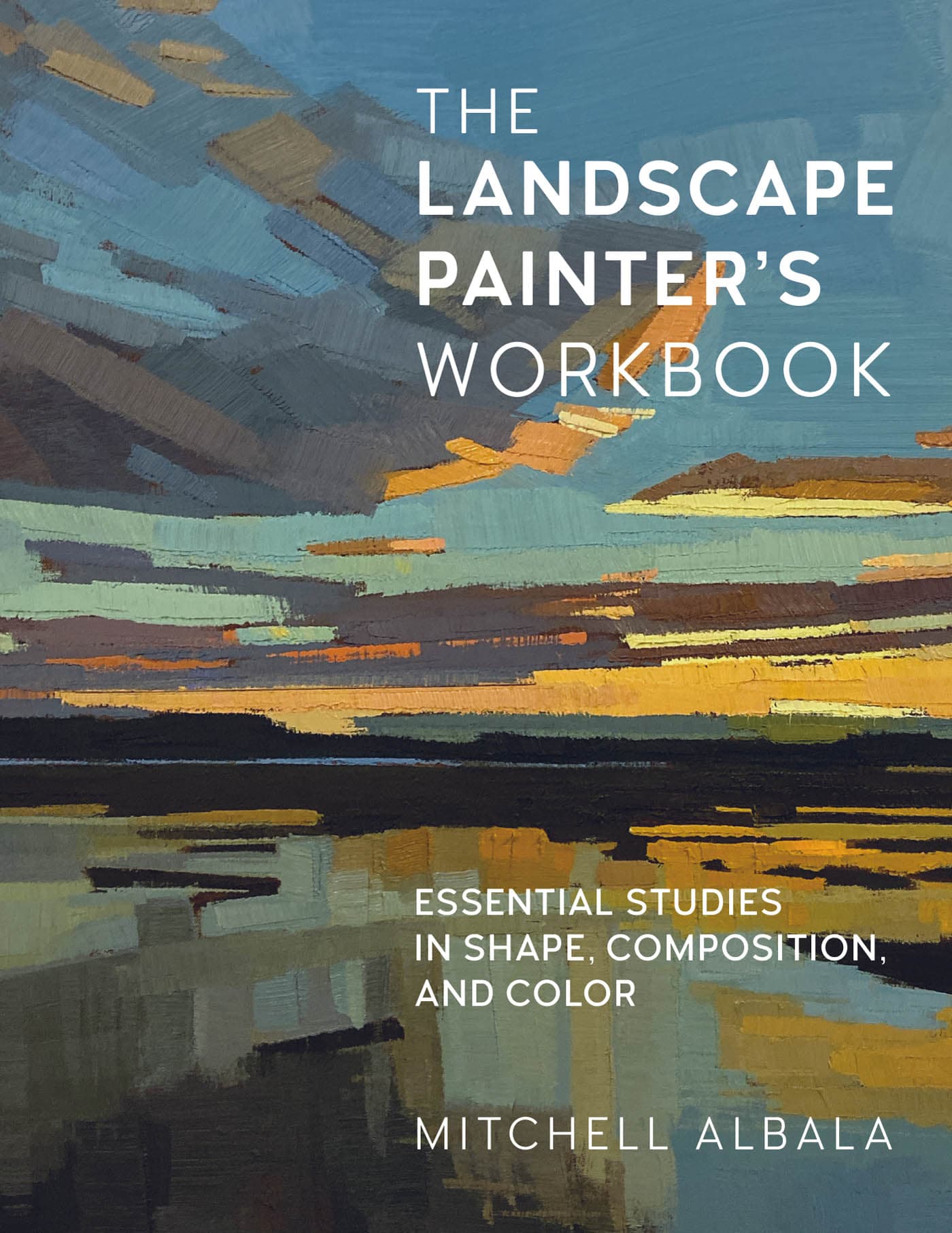Mitchell Albala - The Landscape Painters Workbook: Essential Studies in Shape, Composition, and Color (For Artists)
Here you can read online Mitchell Albala - The Landscape Painters Workbook: Essential Studies in Shape, Composition, and Color (For Artists) full text of the book (entire story) in english for free. Download pdf and epub, get meaning, cover and reviews about this ebook. year: 2021, publisher: Rockport Publishers, genre: Art. Description of the work, (preface) as well as reviews are available. Best literature library LitArk.com created for fans of good reading and offers a wide selection of genres:
Romance novel
Science fiction
Adventure
Detective
Science
History
Home and family
Prose
Art
Politics
Computer
Non-fiction
Religion
Business
Children
Humor
Choose a favorite category and find really read worthwhile books. Enjoy immersion in the world of imagination, feel the emotions of the characters or learn something new for yourself, make an fascinating discovery.

- Book:The Landscape Painters Workbook: Essential Studies in Shape, Composition, and Color (For Artists)
- Author:
- Publisher:Rockport Publishers
- Genre:
- Year:2021
- Rating:4 / 5
- Favourites:Add to favourites
- Your mark:
The Landscape Painters Workbook: Essential Studies in Shape, Composition, and Color (For Artists): summary, description and annotation
We offer to read an annotation, description, summary or preface (depends on what the author of the book "The Landscape Painters Workbook: Essential Studies in Shape, Composition, and Color (For Artists)" wrote himself). If you haven't found the necessary information about the book — write in the comments, we will try to find it.
- The Complete Color Strategy. What are the three aspects of color contrast that guide a paintings strategy?
- Notan. Explore this special type of compositional study, which identifies the underlying shapes and patterns of a composition.
- Picture Formats. How does the picture formathorizontal, vertical, or squareaffect the composition? What are the pros and cons of each?
- Color Grouping. A full chapter details this special practice, which helps maintain harmony by organizing colors into a limited number of groups.
- Composition. An in-depth review of variation, movement, and active negative space, with illustrations that diagram the action in each example.
- Workshop Exercises. Instead of demonstrations that show how the author paints, The Landscape Painters Workbook includes 10 skill-building workshop exercises to help you work through essential lessons on your own.
Mitchell Albala: author's other books
Who wrote The Landscape Painters Workbook: Essential Studies in Shape, Composition, and Color (For Artists)? Find out the surname, the name of the author of the book and a list of all author's works by series.

